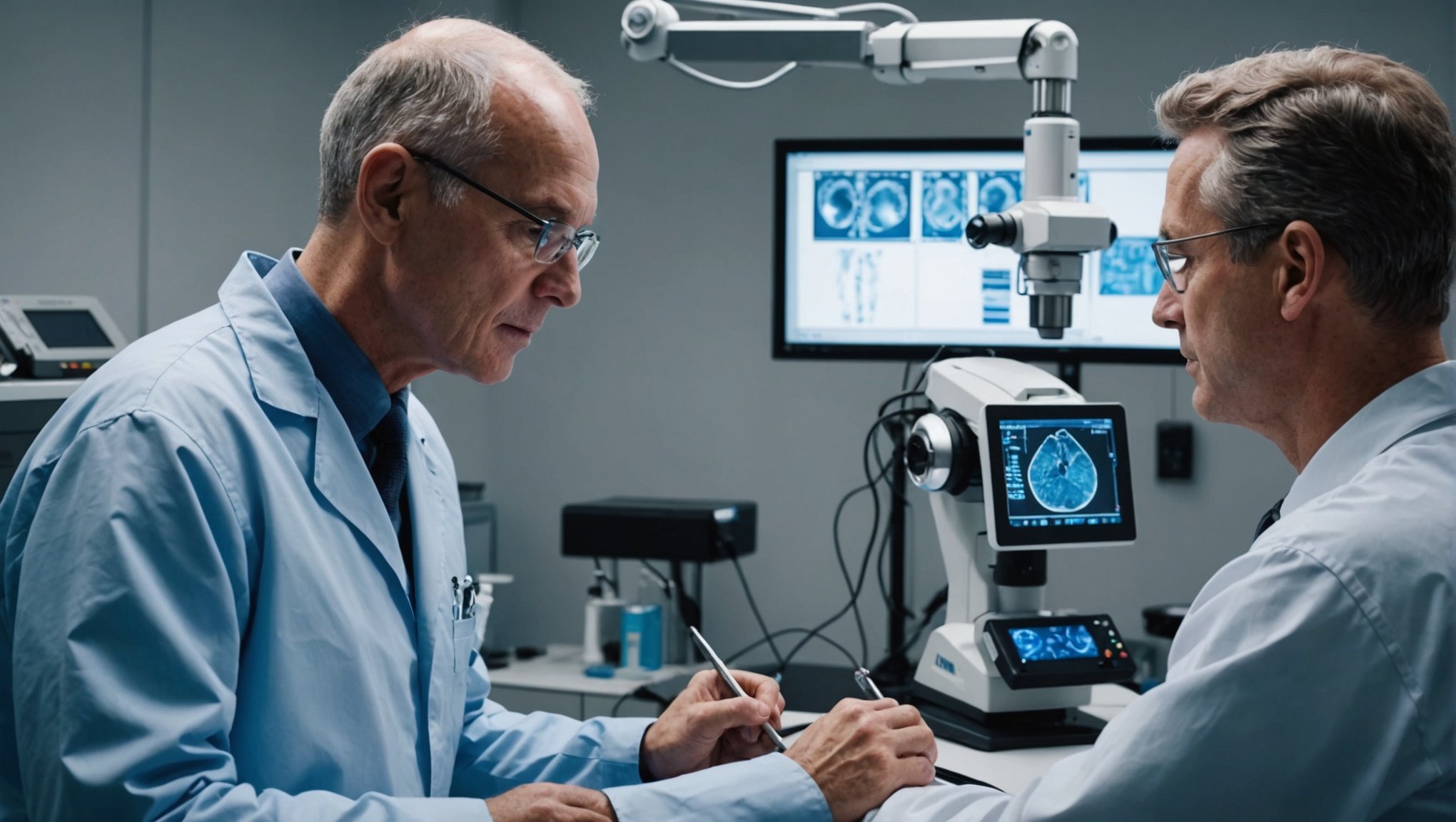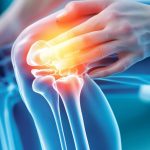As the landscape of medical treatments evolves, robotic surgery has emerged as a pivotal technology, particularly in the realm of prostate cancer. This revolutionary approach combines the precision of machines with the clinical acumen of expert surgeons, promising better outcomes for patients. Prostate cancer, a common and often fearsome diagnosis, can potentially be less intimidating with advancements in robotic techniques. We explore the question: Can enhancements in robotic surgery techniques reduce recovery times for prostate cancer patients?
The Evolution of Robotic Assisted Radical Prostatectomy (RARP)
Radical Prostatectomy, the surgical removal of the prostate gland, is a common treatment for prostate cancer. Robotic Assisted Radical Prostatectomy (RARP) is a modern innovation that integrates robotic technology into this traditional surgical procedure. This approach has significantly improved the accuracy and efficiency of prostatectomies, enabling patients to recover faster post-operation.
This might interest you : What Are the Critical Factors in Designing a Diet Plan for Adolescents with Type 2 Diabetes?
RARP was first approved by the U.S. Food and Drug Administration in 2000. Since then, it has undergone several enhancements, optimizing its potential in the surgical treatment of prostate cancer. Scholars have devoted extensive research to the evolution and effectiveness of RARP, with studies indexed on Google Scholar, PubMed, and Urol.
A key advantage of RARP over traditional surgical methods is the precision it affords surgeons. Robotic arms can make exact incisions, minimizing damage to surrounding tissues. This reduced tissue trauma often results in less blood loss, lower risk of complications, and ultimately, shorter hospital stays for patients.
The Role of Robotic Surgery in Prostate Cancer Treatment
Prostate cancer is one of the leading types of cancer among men. It is a disease that requires prompt and effective treatment. In this context, robotic surgery has become an increasingly preferred approach due to its potential benefits over conventional surgery.
Robotic surgery involves the use of a robot, controlled by a surgeon, to perform the procedure. The surgeon guides the robot’s arms to make precise movements, resulting in less damage to surrounding tissues. This method has proven particularly effective in prostatectomy, where precision is paramount due to the prostate’s location among vital structures.
A study published in the Journal of Urology compared the outcomes of robotic-assisted and open radical prostatectomy. It concluded that patients who underwent robotic surgery had a significantly shorter hospital stay and required less postoperative pain medication, suggesting a quicker recovery.
The Patient’s Perspective: Recovery and Quality of Life
From a patient’s perspective, the most significant aspect of any surgical treatment is the recovery process and how the procedure will impact their quality of life. Robotic surgery for prostate cancer has been linked to improved patient outcomes, particularly relating to recovery time and postoperative quality of life.
Clinical studies have demonstrated that patients who undergo robotic prostatectomy experience less pain during recovery, need fewer pain medications, and are discharged from the hospital sooner than those who undergo traditional surgery. Moreover, because robotic surgery is less invasive, patients often regain bladder control and sexual function more quickly.
Additionally, patients often express a preference for robotic surgery due to the smaller incisions, which result in less visible scarring—a significant consideration for many patients when choosing a surgical approach.
Surgeon Training and Skill in Robotic Surgery
However, the effectiveness of robotic surgery is not solely dependent on the technology itself. The skill and experience of the operating surgeon play a crucial role in achieving optimal patient outcomes. Therefore, comprehensive training in robotic surgery techniques is essential for surgeons to skillfully operate the robot and ensure the best possible results.
Training for robotic surgery typically involves a combination of laboratory-based skill training, online learning resources, hands-on workshops, and supervised surgeries. As more surgeons become adept in robotic surgery, the benefits of this approach will become increasingly accessible to prostate cancer patients.
Despite the significant benefits associated with robotic surgery, it is not a panacea. It is one tool among many in the fight against prostate cancer. Its true value lies in being part of a comprehensive patient-centered treatment plan—a plan that considers the patient’s overall health, cancer stage, lifestyle, and personal preferences.
The Impact of Robotic Surgery Techniques on Postoperative Complications
The role that robotic surgery plays in prostate cancer treatment extends beyond operation time and recovery. It also has a considerable impact on postoperative complications, which can significantly affect the overall patient experience. A review of various studies on the subject suggests that robotic surgery could potentially reduce the frequency of postoperative complications associated with radical prostatectomy.
A study published in the Journal of Urology indicated that patients who underwent robot-assisted radical prostatectomy (RARP) experienced fewer complications such as blood transfusions, postoperative infections, and anastomotic strictures. These complications often prolong hospital stays and slow down recovery. By minimizing their occurrence, RARP can significantly improve the overall recovery experience for prostate cancer patients.
Furthermore, robotic surgery has shown potential benefits in preserving urinary continence and erectile function, two common concerns among prostate cancer patients. A study indexed on Google Scholar indicates that nerve-sparing RARP is significantly associated with better postoperative urinary continence and erectile function compared to traditional surgery. This not only affects the physical recovery of patients but also their emotional well-being and quality of life.
Despite these potential benefits, it is important to remember that robotic surgery does not eliminate all risks associated with prostate cancer surgery. Therefore, patients should discuss all potential surgical options with their healthcare providers to make an informed decision that best fits their individual circumstances.
Concluding Remarks: The Future of Robotic Surgery and Prostate Cancer Treatment
The advancements in robotic surgery techniques have shown promising signs for the future of prostate cancer treatment. With the potential to reduce recovery times, decrease complications, and improve postoperative quality of life, RARP could be the way forward in prostate cancer surgery. The evolution of robotic techniques, coupled with extensive research and surgeon training, has placed RARP as a pivotal tool in modern urologic oncology.
However, the effectiveness of robotic surgery should not overshadow the importance of a comprehensive, patient-centered treatment approach. Prostate cancer treatment must consider a variety of factors, including but not limited to cancer stage, patient’s overall health, lifestyle, and personal preferences. While robotic surgery is a valuable tool, it is merely one element in the vast arsenal against prostate cancer.
As research continues and technology advances, it is crucial to continue evaluating the effectiveness and safety of robotic surgery techniques. In doing so, healthcare professionals can ensure that the potential benefits of this approach are maximized, and any associated risks are minimized.
Therefore, while it is clear that advancements in robotic surgery techniques can potentially reduce recovery times for prostate cancer patients, all decisions should be made in consultation with a medical professional. This ensures that the treatment plan is tailored to the individual patient’s needs, increasing the likelihood of successful treatment and recovery.











